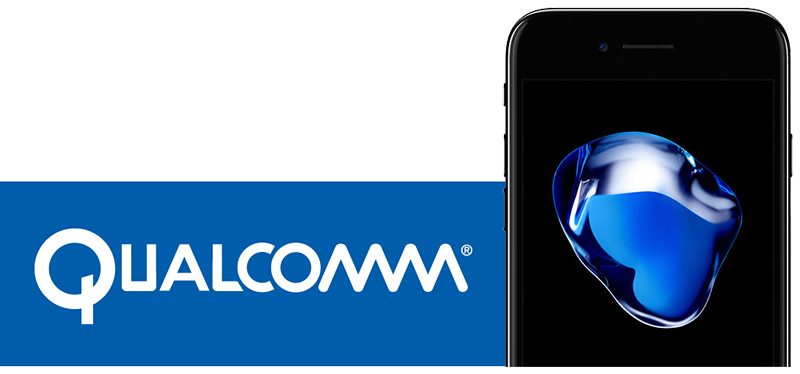A student sued Apple Inc for $1bn (£0.77bn), claiming that its in-store AI led to his wrongful arrest. Ousmane Bah, 18, said he changed into accused of stealing from Apple Stores in 4 US states and arrested at his domestic in New York ultimate autumn. He believes Apple’s algorithms connected video pictures of the thief with his call, main to the costs.

Apple has told the BBC that it does not use the facial recognition era in its stores.
Mr. Bah claims that a detective reviewed protection photos from the time of one of the crimes and determined the thief looked “nothing like” him. Mr. Bah had formerly lost his provisional riding license, which he believes may additionally be utilized by the thief at some stage in the robberies. The license is not intended to be used for identification functions and does no longer includes a photo. Mr. Bah believes that Apple’s algorithms are now educated to attach his call to images of the thief.
A detective with the New York Police Department allegedly instructed Mr. Bah that the thief probably used Mr. Bah’s driving license as an identity at some stage in one of the robberies. The detective reportedly said that this can have brought on Mr. Bah to be charged with thefts dedicated at Apple Stores in New York, Delaware, New Jersey, and Massachusetts, in step with courtroom papers. Mr. Bah said one of the costs turned into for the theft of Apple pencils from a store in Boston – a metropolis he had by no means visited. On the robbery date, he says he turned into attending his senior promenade in New York.
Mr. Bah claims that traveling to one-of-a-kind states to respond to costs filed against him has affected his university attendance, and his grades have suffered as a result. Apple’s Face ID generation precipitated a stir whilst it changed into released on the iPhone X in 2017, with commentators involved that customers’ biometric information could be hacked if they used the feature. As ways as is known, this is the first case in opposition to Apple that says its facial reputation era has been used to discover customers who’ve visited its stores.




































